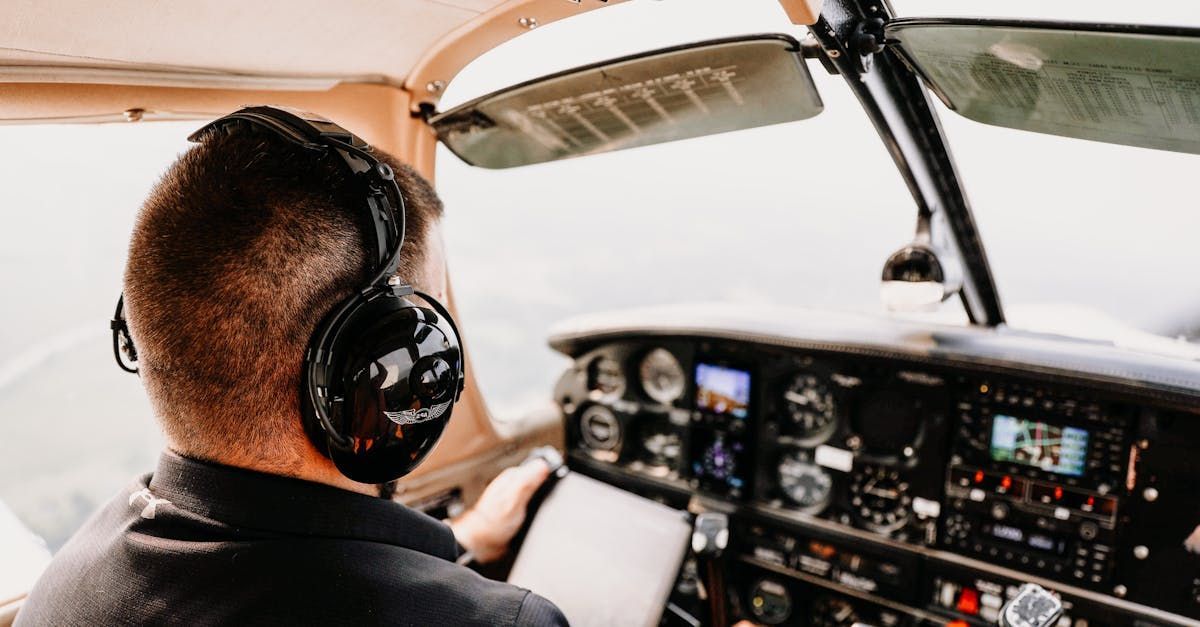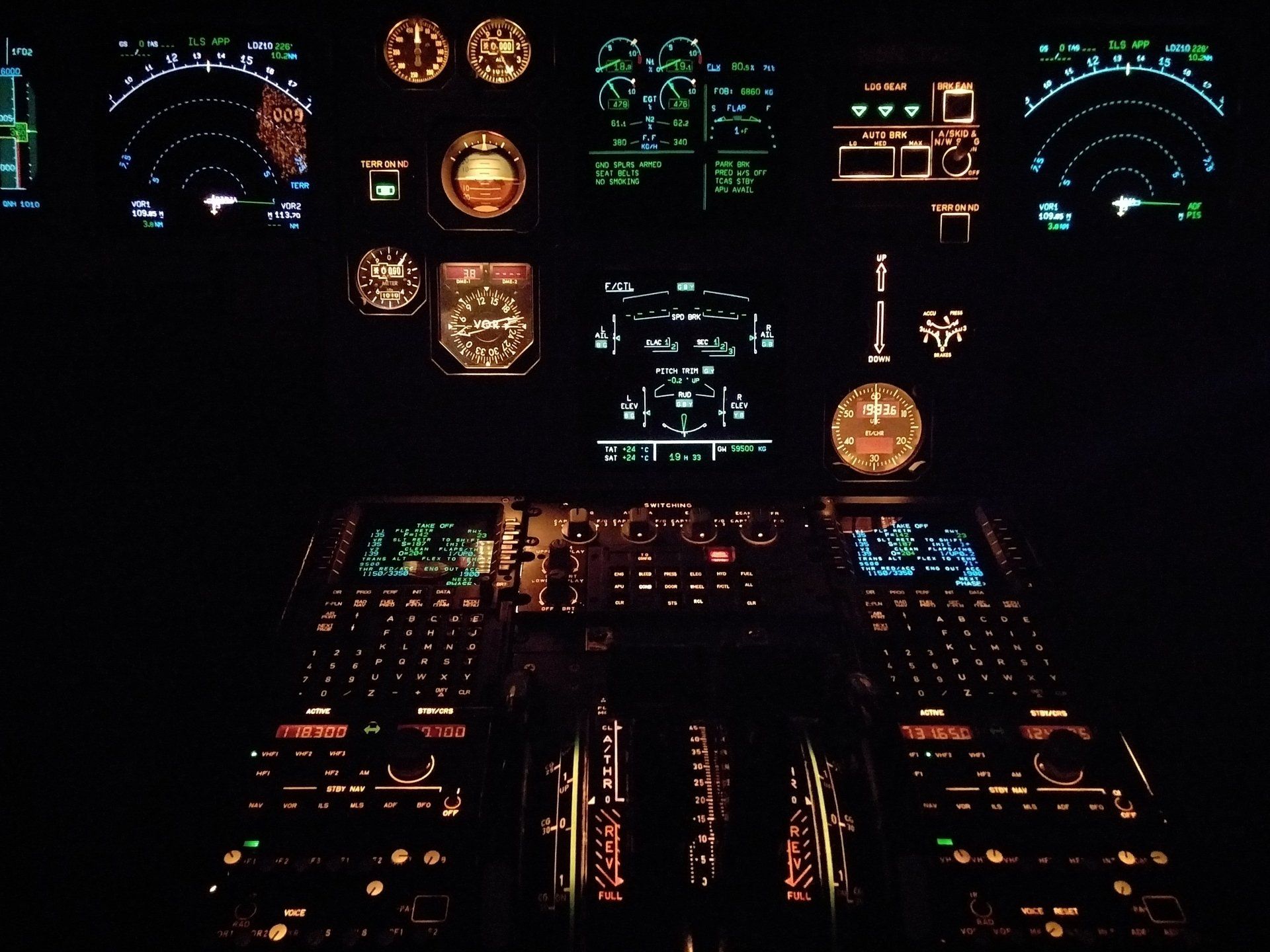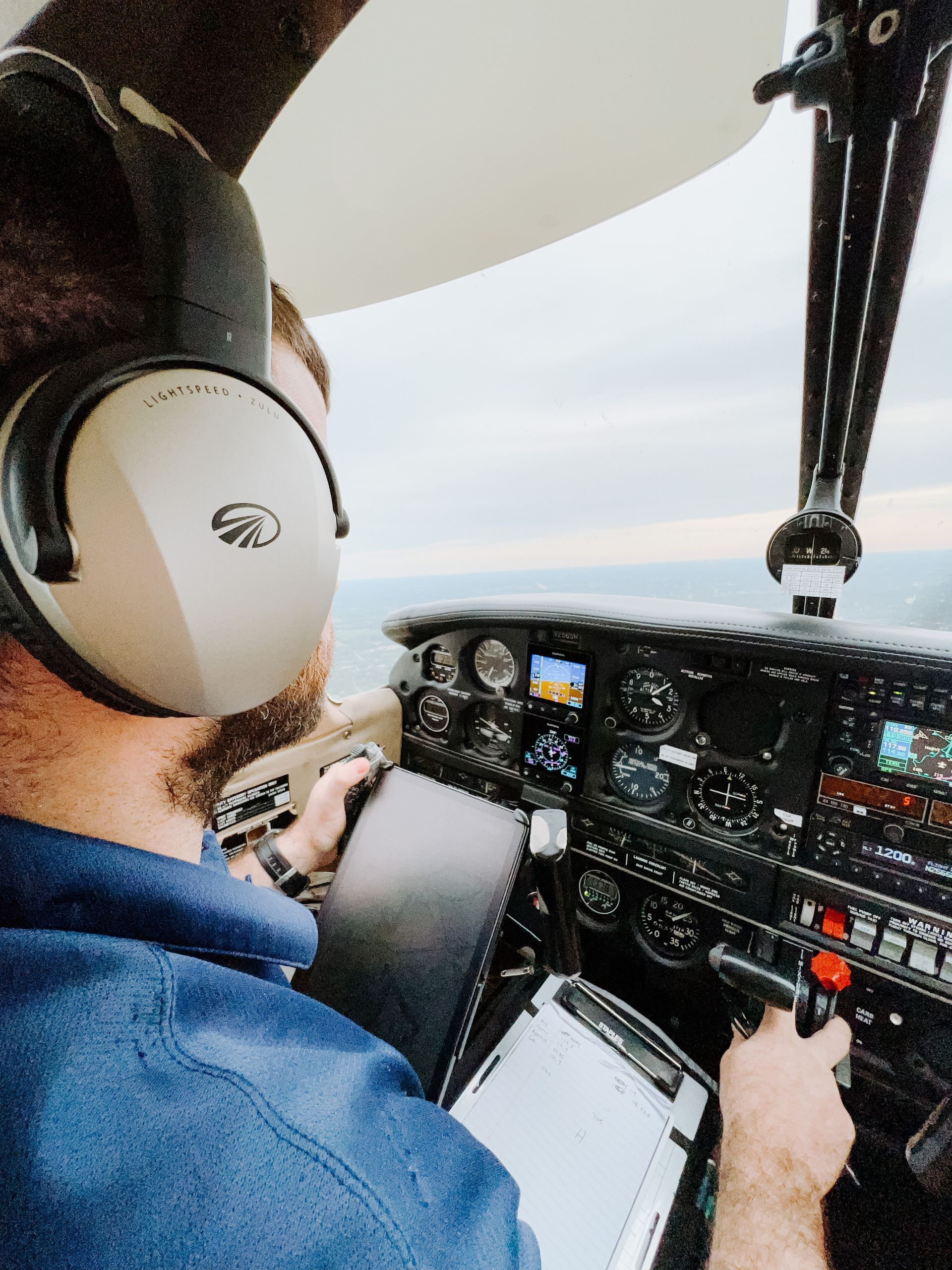The Benefits of Simulator Training for Pilots
DDAC Instructor • September 26, 2022

Simulator training is an important part of pilot training because it helps pilots learn new skills and gain more experience. Here are some of the reasons why pilots should use simulators to train when appropriate:
- Cost-effective: Flight simulator training is usually less expensive than actual flight training because it doesn't require fuel or maintenance costs. This makes it cheaper for pilots and flight schools to use.
- Safety: Simulator training gives pilots a safe place to practice and improve their skills without the risk of getting hurt or having an accident. It lets pilots try out and learn from different emergency situations that might not be possible or safe in a real plane.
- Repetition and variety: Simulator training lets pilots repeat procedures and scenarios until they know how to handle them. This is hard to do in real-world flight training because of limited time and resources. It also has a lot of different scenarios and situations, so pilots can try out different conditions and challenges that they might not be able to do in real-world training.
- Modern simulators give you a realistic experience that is very close to the real cockpit environment, including the instruments, controls, and feedback systems. This helps pilots build muscle memory and get used to the plane, which makes it easier for them to switch to real flights.
- Flexibility: Simulator training can be easily changed to meet the needs of pilots and flight schools. This means that scenarios and training programs can be made to fit the needs and goals of each person.
Simulator training is a good way for pilots to improve their skills and experience, make flying safer, and saving money on training costs. It has become an important part of pilot training because it helps make pilots who are well-trained, skilled, and ready for the challenges of real-world flying.

It is possible for pilots to fly in conditions below visual flight regulations if they have earned an instrument rating (VFR). Here is an introduction to instrument rating and the skills you'll need to get started: What does Instrument Rating mean? An Instrument Rating (IR), a supplemental certification, allows pilots to fly in conditions where visual reference to the ground is lost, such as fog or clouds. All instruments, such as the altimeter, airspeed indicator, and attitude indicator, are used during flight training for pilots with an IR. Instrument Rating Requirements Before getting an instrument rating, a pilot must have either a private pilot's license (PPL) or a commercial pilot's license (CPL), as well as a certain number of flight hours and cross-country flight experience as a pilot in command. How Exactly Does One Train? Gaining an instrument rating requires both classroom study and in-flight experience. Instrument flying regulations (IFR), instrument approach procedures, and the proper use of navigational aids are just some of the topics covered in ground schooling. With a hood or other obstruction in place, the pilots will learn to fly in what is called "Instrument Meteorological Conditions" (IMC). Instrument Rating Test Once the training is complete, the pilot must take and pass a written and practical exam for an instrument rating. The written test checks how much you know about weather, navigation, and the rules. The required number of hours in the air with an examiner shows how well you can fly safely and competently in a variety of conditions. Benefits of an Instrument Rating Getting an instrument rating is very helpful for pilots because it lets them fly in more situations and makes them feel safer while doing so. Pilots with an instrument rating can apply for jobs with airlines and other businesses in the commercial aviation sector. Keep Your Instrument Rating Intact greatly Pilots must go through training and flight reviews every six months to a year to keep their instrument ratings up to date. This makes sure that pilots have access to the most up-to-date information and can fly safely in any condition. Getting an instrument rating is usually good for pilots because it gives them more options in the aviation industry. With hard work and training, any pilot can improve their skills and earn an instrument rating.









